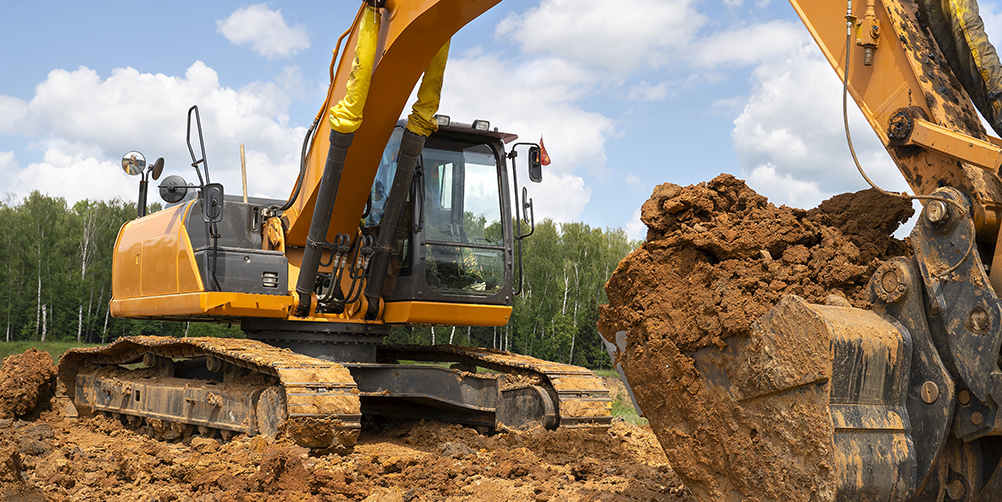|
|

|
|
|
| Protect utility lines from excavation and compaction |
|
|
|
|
|
|
|
|
|
|
SEPTEMBER 2020—Everyone's resources have been affected by the COVID-19 pandemic. You can help prevent locate delays by pre-marking your proposed dig area in white and notifying 811 of your planned excavation with as much lead time as is possible in your state. To learn more about Duke Energy's response to COVID-19, click here. |
|
|
|
|
|
|
|
| Protect utility lines from excavation and compaction |
|
|
Notifying 811 is a crucial step for any type of construction-related excavation, and even more critical for heavy construction jobs. The 811 service will arrange for utility locators to mark underground electric power lines, gas pipelines and other facilities so you can dig a safe distance away from them.
|
|
 |
|
|
|
Dig with Care
|
|
|
Contractors are responsible for protecting underground utility lines not only during excavation, but during other construction activities as well. When working with heavy equipment, use the information provided by utility locators to take these important steps:
|
|
• |
Develop informed excavation plans that avoid underground utility lines and reduce the likelihood of damaging them. |
|
|
• |
Identify where heavy equipment and construction loads will repeatedly cross underground utility lines during construction. Use construction mats to disperse the weight and reduce the likelihood of compaction-related damage. |
|
|
• |
Park heavy equipment away from underground utility lines. Locate debris piles and stacks of heavy materials away from underground lines as well. |
|
|
|
| Be aware of public AND private utility lines |
|
Notifying 811 to have buried utility lines located and marked must be done before any excavation begins on any public or private property, but it’s only half the equation. The 811 service only covers utilities that run from the street to the service meter; it does not cover private utilities that run underground beyond the meter. Private utilities may include gas lines for swimming pools or grills; electric and gas lines to sheds and outbuildings; parking lot lighting; and building-to-building utilities. |
|
When working on private property, you must notify 811 AND check with the property owner about the location of any private utility lines. Be aware that the current owner may not know of lines installed by previous owners, so consider hiring a private utility locator service. You can find private locators online and, in some areas, through the local 811 center. |
|
| When PV is on the ground, be alert for cables underground |
|
Buried cables that carry electricity from ground-level solar photovoltaic (PV) arrays to homes and businesses are another example of private utility lines. If you must dig or move earth near any ground-level solar installation, no matter the size, notify 811 before digging and consult the property owners as well. |
|
| Would You Like to Know More? |
|
Additional digging and overhead guidelines, case studies, instructional videos and training tools can all be found, at no charge to you, on Duke Energy's e-SMARTworkers website. |
|
| Did You Like This Email Series? |
|
Do you find the information helpful? We’d like to know. Please visit our website for other Tips of the Trade. Sign up to tell us what you think, or let us know what topics you’d like to see in future emails. |
|
|
|
|
|
|
|
| Duke Energy Emergencies |
|
Most state laws require at least two to three full working days' notice. Call 811 or go to call811.com for the best information for your state. |
|
|
|
|
|
|
|
|
|
|
| © 2020 Culver Media, LLC #11666 |
|
|
|
|
|
|
